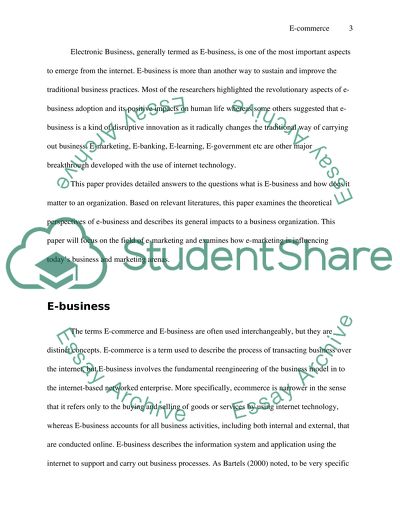Cite this document
(“E-Business. Classification, Development And Implications Of E-Business Essay”, n.d.)
Retrieved from https://studentshare.org/e-commerce/1404132-what-is-e-business-and-why-does-it-matter-for
Retrieved from https://studentshare.org/e-commerce/1404132-what-is-e-business-and-why-does-it-matter-for
(E-Business. Classification, Development And Implications Of E-Business Essay)
https://studentshare.org/e-commerce/1404132-what-is-e-business-and-why-does-it-matter-for.
https://studentshare.org/e-commerce/1404132-what-is-e-business-and-why-does-it-matter-for.
“E-Business. Classification, Development And Implications Of E-Business Essay”, n.d. https://studentshare.org/e-commerce/1404132-what-is-e-business-and-why-does-it-matter-for.


